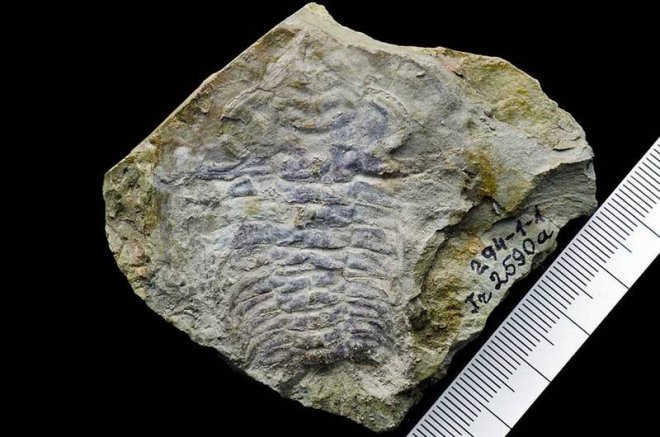
Researchers in Europe have discovered an exceptional 530-million-year-old fossil of an extinct creature, possibly of a trilobite, during excavating Estonia. Interestingly, the most remarkable thing identified in the fossil is an early form of the eye which is present in modern-day living beings including, crabs, dragonflies and bees.
Compound eyes of trilobites
Trilobites are considered the ancestors of spiders and crabs, and they lived in the sea 251 million years ago, before going extinct.
Though the fossil is more than 500 million years old, it is well preserved and clearly sheds light on the eye-structure of the creature. It also helps us to understand how the pair of eyes worked. Initial analysis of the trilobite's eye indicates that the creature had a primitive form of compound eyes, which is very similar to that of today's bees. The optical organ consisted of an array of tiny visual cells but a lens was absent.
"With approximately 100 'pixels,' the performance of this eye dating back more than half a billion years is certainly not outstanding. But it was sufficient to provide the trilobite with information on movement in its field of vision, especially while approaching predators. It could roughly discern the distribution of light in its surroundings or avoid obstacles in its path," said the study's co-author Brigitte Schoenemann at the University of Cologne in a post on the Univerity's website.
The failure of lens formation
Brigitte Schoenemann and his colleagues Helje Pärnaste (Tallinn, Estonia), and Euan Clarkson (Edinburgh, Scotland) revealed that this is the oldest known compound eye ever discovered.
"However, in contrast to the modern compound eyes of bees, dragonflies, and many crabs, this very old compound eye does not have a lens. This is likely due to the fact that these rather soft-shelled anthropods lacked the necessary layer in their shell responsible for lens formation," added Schoenemann.








